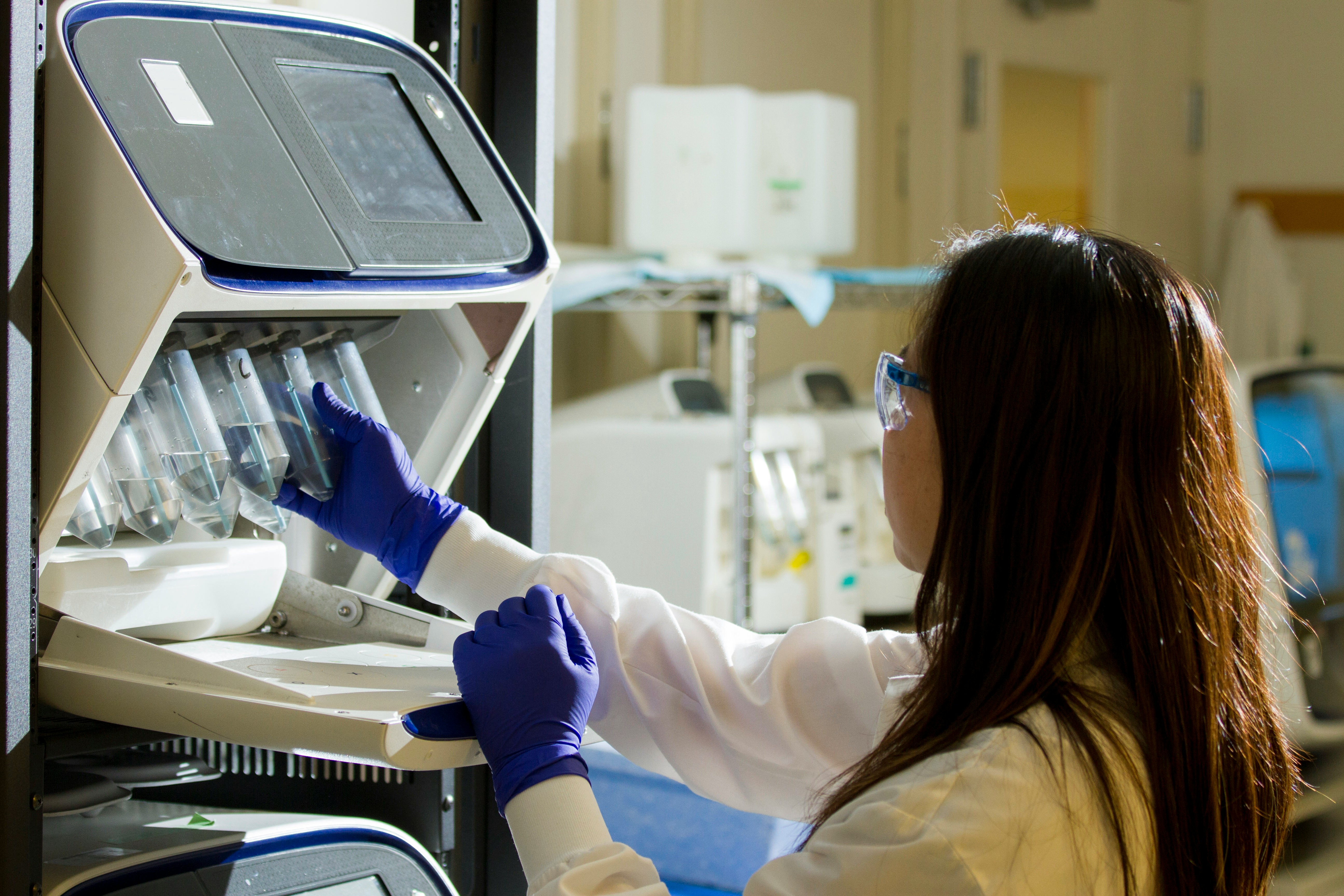MDR EU 2017/745 marks a significant shift in the regulatory landscape for medical devices within the EU. This comprehensive framework not only aims to ensure a higher level of patient safety but also to facilitate the free and unhindered movement of medical devices within the EU market. The transition to MDR’s new regulations during localization presents a series of volume and timing challenges that require strategic adaptation.
Understanding MDR Localization Challenges
MDR introduces more stringent clinical requirements, increased post-market surveillance and a greater emphasis on device traceability throughout its lifecycle. For companies looking to localize their medical devices for the EU market, these regulations translate into two primary localization challenges:
1. Volume Challenge
The sheer volume of documentation and data required under MDR is unprecedented. Every medical device, regardless of its classification, must now have comprehensive technical documentation that demonstrates its conformity to the new regulations. This includes detailed clinical data, risk assessment, and post-market surveillance plans. The volume of required documentation necessitates robust systems for content management, data integrity, and quality control.
2. Timing Challenge: Localizing Post-Market Surveillance Content
The rapid turnaround required for localizing post-market surveillance (PMS) content is one of the most significant localization related timing challenges under MDR. The regulation mandates continuous and proactive updates to PMS documentation, reflecting ongoing safety and performance monitoring. This creates a dynamic environment where localization is not a one-time task but an ongoing requirement.
The complexity of localizing PMS content arises from several factors:
Continuous Update Cycle
PMS documentation must be regularly updated to incorporate new clinical data, user feedback, and market surveillance findings. Localization teams’ already tight schedules must become even tighter to ensure that updates are promptly translated and adapted to each EU member state’s language and regulatory nuances. This mandates a different approach to integrating localization teams into content management workflows.
Critical Nature of PMS Content
The information contained within PMS reports is critical for maintaining regulatory compliance and ensuring patient safety. This necessitates not only speed but also accuracy in localization, adding layers of review and quality assurance that can extend turnaround times.
Varied Regulatory Requirements
Each EU member state may have specific requirements for PMS documentation, including language preferences and reporting formats. Localizing content to meet these varied requirements can be time-consuming, requiring expertise in both regulatory compliance and linguistic nuances.
Resource Constraints
Many companies face resource constraints, with limited access to localization experts who are well-versed in the medical device industry’s regulatory and technical language. Dealing with the volume of PMS content that needs to be updated and localized regularly exacerbates existing resourcing challenges. Whether linguists or regulatory experts, this creates bottlenecks in the localization process that will quickly impact regulatory compliance if not addressed.
How can companies best navigate these challenges?
- Employ strategic approaches such as leveraging technology for efficient translation and translation management.
- Deploy integrated end to end content and localization systems, moving away from document based approaches.
- Proactively plan for these increases in volumes with your localization teams.
- Apply agile project management techniques to enhance flexibility and speed.
- Prioritize the localization of PMS content based on its importance and potential impact on patient safety.

Check out my upcoming classes with the #localizationinstitute:
- ReadySetGo: Life Sciences Localization: April 24, 2024. Participants will learn about the regulatory requirements impacting the localization process and best practices to effectively achieve compliance with these requirements.
- Life Sciences Localization Master Class: May 1-22, 2024. This course will enable participants to understand what localizing life sciences content entails and how it can be effectively managed in a life sciences regulatory context. This class will focus on how to incorporate process and technology to effectively achieve compliance with these requirements.
#lifescienceslocalization #lifesciences #PeakGlobalSolutions #RegulatoryAffairs #MedicalDevice #ClinicalTrials #Consulting #ChangeManagement #localizationinstitute

Sonia brings 30+ years of leadership experience in the localization industry. Having worked with a diverse range of clients and industries, Sonia brings a wealth of knowledge and a proven track record of success in delivering exceptional localization solutions.
